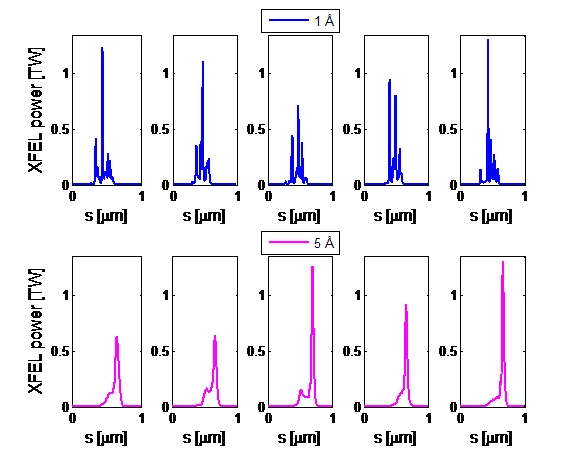State-of-the-art X-ray Free-Electron-Laser (XFEL) facilities like SwissFEL are able to provide radiation pulses with pulse powers of a few tens of gigawatts and pulse durations of several tens of femtoseconds and shorter. There is, however, a strong demand in research fields such as bioimaging and nonlinear optics to obtain higher radiation powers and shorter pulses than in standard facilities. In this context, we have developed two new methods able to generate terawatt-attosecond XFEL pulses. Both proposals are based on superradiance, a regime with quadratic growth of the radiation power and a shortening of the spike while it slips into unspoiled (good-beam) regions of the bunch. In the first method (1), a multiple-slotted foil defines several unspoiled regions of the beam, which will generate several XFEL pulses in the first section of the undulator beamline. After that, by properly delaying the electrons after certain undulator modules, only the first of the initial XFEL pulses will be amplified by all the other good regions of the electron beam. The separation between the slots in the foil must be uneven to suppress the growth of all unwanted single short XFEL pulses. In the second method (2) we propose to introduce a transverse tilt to the electron bunch. In the first part of the undulator beamline, only the tail of the electron beam will have an aligned trajectory and therefore will radiate significantly. Then, by suitably delaying the electron beam and correcting its trajectory between some undulator modules, the entire electron bunch will contribute to amplify a short XFEL pulse. This second method is more efficient since all the electrons can potentially contribute to the XFEL amplification, and more flexible since by tuning the tilt amplitude one can maximize the XFEL pulse energy or minimize the pulse duration. We have proved the validity of our proposals with numerical simulations for the SwissFEL case – the figure below shows the performance of the first scheme for two different radiation wavelengths. Both methods are simple, compact, and easy to implement in future and existing facilities. Notes
1: E. Prat and S. Reiche, Phys. Rev. Lett. 114, 244801 (2015)
2: E. Prat, F. Löhl, and S. Reiche, Phys. Rev. ST Accel. Beams 18, 100701 (2015)
Reference: Eduard Prat; eduard.prat@psi.ch; Paul Scherrer Institut, CH-5232 Villigen PSI, Switzerland
